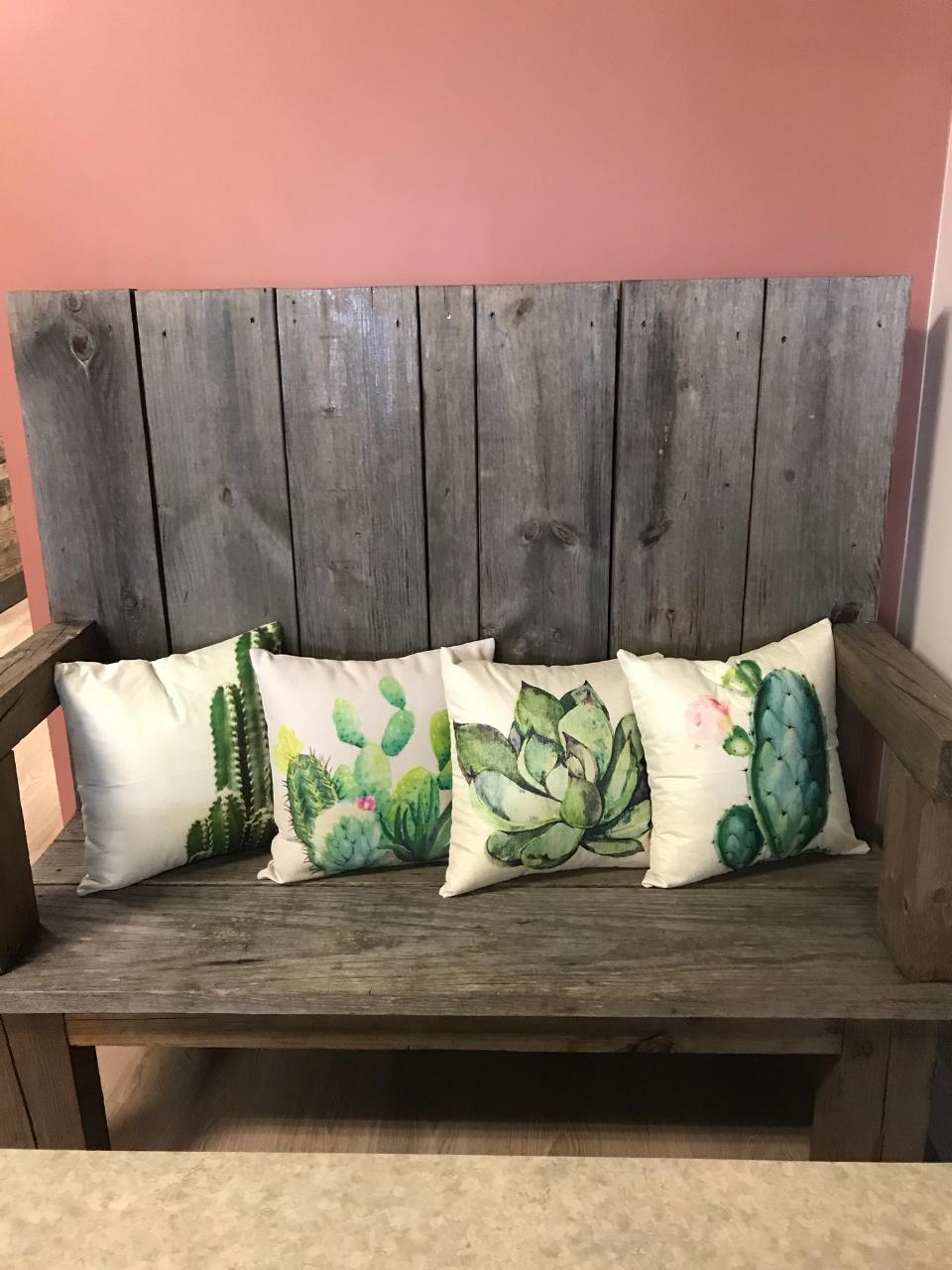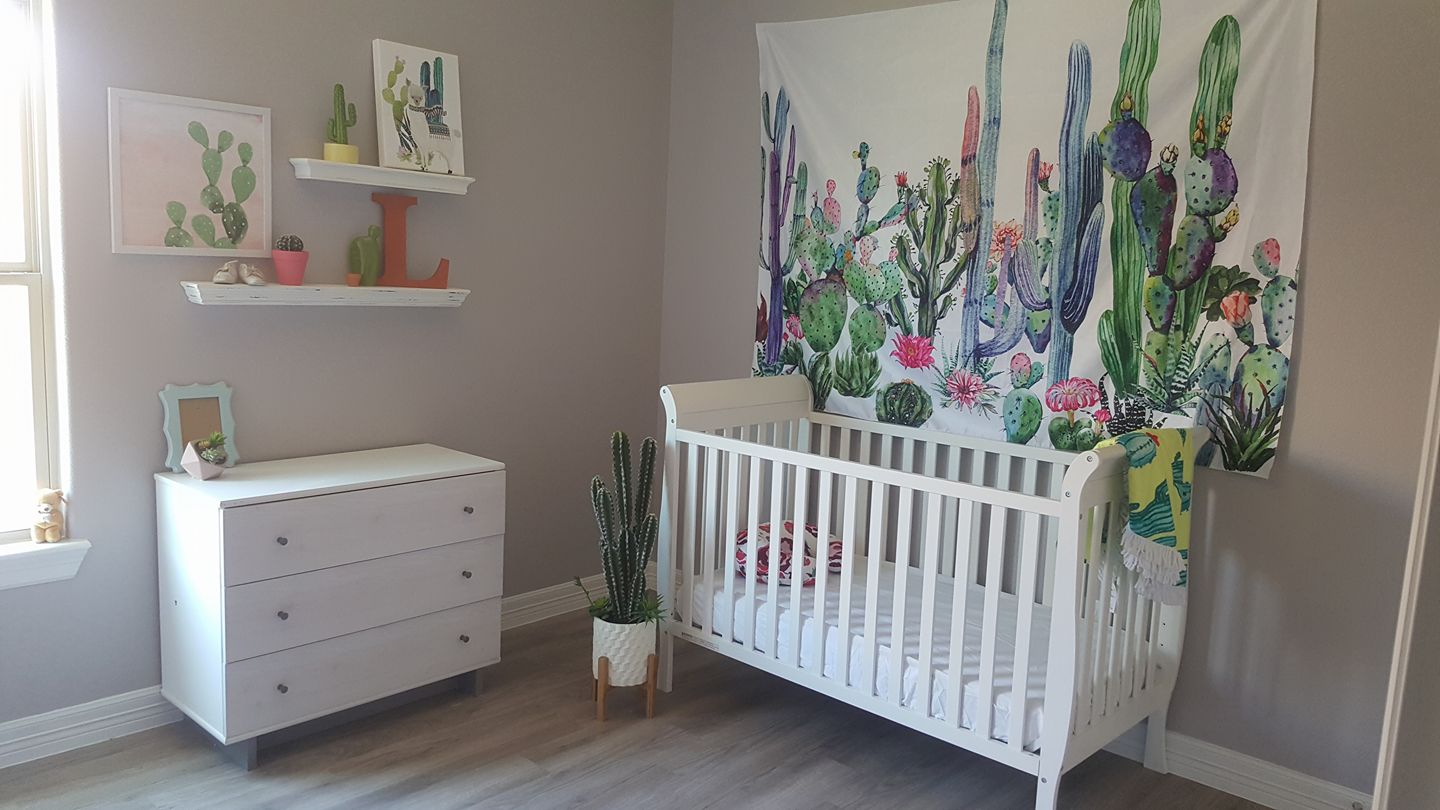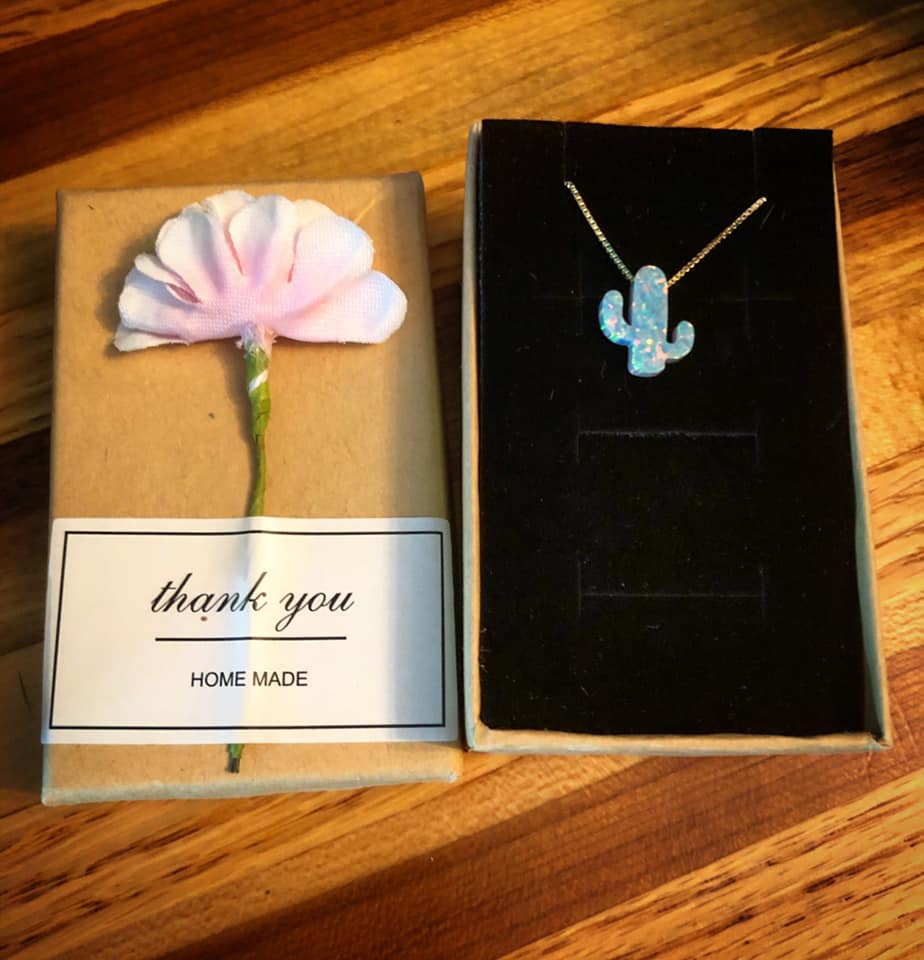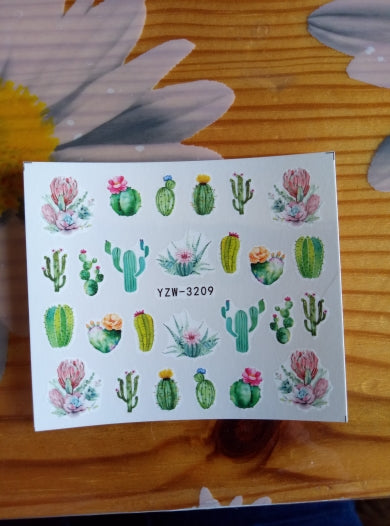Are you wondering how to grow Succulent plants outside?

Let me share with you what I learned about growing Succulent plants outdoors...
It all started when I moved into a great new house with a spacious backyard. I've always been fascinated by succulents because of their amazing colors and unique beauty, so I was excited to be able to grow my own outdoor succulent garden.
The first step was to choose the best spot in the garden for the new plants. Since many succulents thrive in bright sunlight, I chose the area in my backyard that got at least six hours of direct sunlight every wonderful sunny day. Oh, how I love sunshine!
Then I cleared the space of all debris, and or weeds, and prepared the soil by mixing it with sand and perlite to improve its drainage.
Next, I was careful to choose a variety of succulent plants that were most suitable for outdoor growth. I chose an interesting mix of different shapes, sizes, and colors to create a visually appealing garden. Some of the succulents I included were Echeverias, Sedums, and Aloe veras, as well as several amazing cacti.
Once I had all my plants, I dug small holes in the prepared soil and gently planted each succulent, being very careful not to damage the roots. Then I spaced them out just the right amount to allow room for their growth and air circulation. After planting, I watered them thoroughly to help them settle down into their new home.
One of the most important parts of growing succulents outside is proper watering. Succulents are drought-tolerant plants and prefer infrequent but deep watering. I set up a watering schedule, making sure that I watered them deeply once every two weeks during the summer months. Then, during the winter, I reduced the watering to once a month.
Depending on the weather where you live, at the time I was in a great weather area, you may need to protect outdoor succulents from extreme weather conditions, making sure to provide them with some shelter. See more details down below.
Also, I regularly checked out my succulent garden for any signs of pests or diseases. I kept a close eye on the leaves for discoloration, spots, or unusual growth patterns. If I noticed any issues, I promptly treated them with organic pest control methods or removed the affected plants to prevent any further spread.
Over time, my succulent garden flourished, and it became a really beautiful area in my backyard. The vibrant colors and unique textures of the succulents created an amazing visual display. It also became a peaceful retreat where I could relax and enjoy the beauty of the amazing succulent plants.
As I continued taking care of my succulent garden, I learned more about the different varieties and their specific needs. I experimented with different arrangements and even started propagating new plants from cuttings and leaves. It was a rewarding experience that brought me closer to nature and allowed me to express my creativity with my favorite plants.
If you live in an area where your outdoor succulents would most likely be effected, here are some ways to protect the plants from extreme weather conditions:
1. Frost protection: During cold winter months, succulents can be vulnerable to frost damage. To protect them, you can cover them with frost blankets or burlap sacks overnight when temperatures are expected to drop below freezing. This helps to insulate the plants and prevent the frost from settling on their leaves.
2. Shade cloth: In regions with scorching summers or intense heatwaves, providing shade for your succulents can help protect them from sunburn and heat stress. Install shade cloth or use umbrellas to create a shaded area during the hottest parts of the day.
3. Greenhouse or cold frame: If you live in an area with extreme weather conditions, such as very hot summers or harsh winters, consider growing your succulents in a greenhouse or cold frame. These structures provide controlled environments, shielding the plants from extreme temperatures and weather fluctuations. Not exactly the same as growing your plants outside in the sunshine, but if that's what they need in order to grow safely, it is worth considering.
4. Mulching: Applying a layer of organic mulch around the base of your succulents can help regulate soil temperature and moisture levels. Mulch acts as insulation, protecting the roots from extreme heat or cold. It also helps retain moisture in the soil, reducing the frequency of watering.
5. Windbreaks: Strong winds can cause damage to succulents, especially those with delicate or fleshy leaves. Planting windbreaks, such as shrubs or trees, or planting your succulents next to ones you already have, can help create a barrier that will reduce the impact of strong winds on your succulent garden.
By applying these protective measures that effect the weather in your area, you can help to ensure that your succulents will be shielded from extreme weather conditions and are given the best chance of thriving.
If you plan to grow succulent plants outside you will need some careful planning, proper watering, and regular maintenance. With the right location, suitable plants, and a little bit of love and attention, anyone can create a thriving succulent garden.
So, if you're looking to add some unique beauty to your outdoor space, planting succulent and cactus plants is really a great way to go!
As an Amazon Associate we earn from qualifying purchases.




















